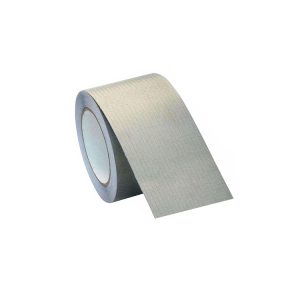Introduction and application of conductive cloth tape
xinstDec 07, 2020
As we all know, conductive cloth tape is a commonly used conductive shielding material, which has good conductivity and shielding effect. Now Xinst will introduce the conductive Fabric tape and its application and precautions!
1. Conductive Fabric tape is a polyester fiber cloth that is pre-treated with electroplated metal plating. The metal plating is usually high-conductivity copper and nickel metal, and then it has metallic characteristics to become conductive cloth, and then evenly coated with Processed from acrylic pressure-sensitive adhesive. Conductive Fabric tape is divided into black, plain weave, interlaced, etc. from its appearance, and can be divided into single-sided and double-sided tapes from the structure.
2. Conductive cloth tape is suitable for the production of computer monitors, computer peripheral wires and transformers, fine electronic goods, computer equipment, mobile phones, wires, cables, etc.; when high-frequency transmission, isolate electromagnetic wave interference.
3. The conductive cloth has soft texture, no burrs when slitting, dirty fingerprints, anti-oxidation treatment, and excellent processability.

4. Conductive Fabric tape can be cut, die-cut and punched into various specifications according to processing. It has very good flexibility, conductivity, wear resistance and high temperature resistance; outstanding friction function, outstanding metal bonding and Z-direction conductivity, and can accept high temperatures up to 200 ℃.
Precautions for the use and storage of conductive Fabric tape:
The conductive Fabric tape should be placed in a cool place to prevent high temperature or high humidity. The quality assurance device is 6 months after production. The finished conductive cloth tape is packaged in wrapping paper or film, and packed in a suitable carton. When it is necessary to use the conductive cloth tape in the low magnetic state of the natural environment, the tape should be used. Return to room temperature (about 20°C) for more than 3 hours.


